The Pixel 9a embodies Google's new mid-range smartphone, a phone that attempts to replicate the experience of the very high-end Pixel 9 and Pixel 9 Pro without making too many concessions. It keeps the same chip, swaps glass for plastic on the back, gets rid of a few megapixels in photography, and has a little less RAM. Did Google make the right choices? Our test tends to prove it. Here's our full review!
Pixel 9a Price and Release Date
The Google Pixel 9a costs €549 in its base configuration with 8GB of RAM and 128GB of storage. It goes up to €609 with 256GB of storage. It will be available in stores from April 14, 2025.
Four colors are available: Iris, Peony Pink, Porcelain, and Volcanic Black.
Design: sobriety, a little premium, and a little concessions
The Pixel 9a, especially in the black version of the model we are testing, stands out from the rest of the market with its great sobriety. While the Galaxy A56 has a slightly bling-bling camera unit, and the Xiaomi Redmi Note 14 Pro Plus tries to imitate the codes of the high-end, the Pixel 9a strips down and assumes its role.
Gone is the horizontal bar that's part of the brand's identity. Instead, there's an oblong hole to house the two camera modules, along with a flash on the back of the phone. The latter opts for plastic, a lighter and less breakable material, but which gives the smartphone a slightly less premium feel. The matte black coating still does the job well and gives it a certain cachet, even if it quickly picks up fingerprints.
Dimensions-wise, the Pixel is a small brick, in that it is relatively thick, 8.9 mm compared to 7.9 for an Honor Magic 7 Lite for example. In small brick, there is brick, but there is also small, and indeed, the Pixel 9a is very compact at 154.7 x 73.3 mm. It is the typical case of a cute smartphone that fits in the palm and can be used with one hand. Its weight of 185.9 g, rather light on paper, gives it a rather dense appearance due to its size.
If we move on to the edges, as is traditional, the Pixel 9a is inspired by the Pixel 9 and the leap forward is just as present as on its models in terms of finish. The aluminum frame, the straight shape of the edges, the whole thing is a real success.
On the other hand, it is on the front that we find one of the few concessions of the smartphone. The glass that protects the screen is Corning Gorilla Glass 3, a fairly old standard (2013) and therefore a little outdated technically. Still on the front, the flat screen is surrounded by wide borders with a body/screen ratio of 83.4%. For comparison, its main competitors, the Galaxy A56 and the Redmi Note 14 Pro+ display 88.1% and 87.9% respectively. We are therefore on a good big border to speak French.
The IP 68 certification is however present, no concessions on this side. The smartphone can be submerged in 1 m of fresh water for 1 hour and is completely dustproof.
Last important point: the fingerprint sensor is located under the screen. Thanks to a recent update, it can be used even when the smartphone is in always-on mode, without needing to tap first. On the other hand, it is not an ultrasonic sensor, so it is a bit slow. Nothing that will bother you too much.
Screen: exceptional brightness
Let's move to the screen and it is undoubtedly one of the points where this Pixel 9a shines the most. Indeed, at 550 euros, it boasts performance that is simply worthy of the high-end.
Let's review the strengths involved before diving into the 01Lab's measurements. We have an OLED panel, which guarantees infinite contrast, 6.3 inches, so it's rather compact. It sports a 1080p definition in 20:9, which is very classic. Its resolution of 422 ppi is more than sufficient, especially for a screen of this size. The refresh rate goes up to 120 Hz, but cannot go below 60 Hz.
It's a bit technical, but it means that Google hasn't integrated an LTPO panel. These allow you to go down to 1 Hz when the screen is still, but also offer better-managed dynamic refresh rate variation, which ultimately gives a more fluid impression. Going down to 1 Hz theoretically offers better power consumption and therefore longer battery life, but in this case, the Pixel 9a is excellent at this, so it doesn't need it. We'll come back to this in the battery life section of the test.
After this initial review, let's move on to the measurements!
The manufacturer promises 2700 cd/m² of maximum brightness with 5% of the screen lit. Our protocol displays a larger white patch, which necessarily reduces the measurable brightness: the fewer pixels are lit, the more the screen can go all out, so to speak. In any case, even if we measured less than the manufacturer's promise, and for valid reasons, the Pixel 9a still gave us a bit of a slap. It exceeds 2000 cd/m² of brightness, displaying an average of 2011 cd/m² and even rising to 2122 cd/m² under sunlight.
Just a few years ago, such brightness was reserved for the most affordable smartphones more expensive, exceeding 1300 euros. On a smartphone at 550 euros, it is simply excellent, including in 2025. Look at it, all its competitors, including the iPhone 16e which exceeds 700 euros, are completely let down on average brightness.
The peak brightness in HDR is certainly a little less good, but it still rises to a very comfortable 1889 cd/m².
As for the color calibration, it belongs to the best in the segment with an average delta e 2000 at the same level as an iPhone 16e. In short, this Pixel 9a is a complete success on the screen.
Software: 7 years of updates and a neat interface
The Google Pixel 9a offers the best software support on the market for its price range, with 7 years of major updates and 7 years of security patches. Only the Samsung Galaxy A56 comes close with six years.
The smartphone comes with Android 15 with Google's overlay, the Pixel Experience. This interface is modern and intuitive. It's full of small tweaks and features, to which Google's famous Pixel drops are added every quarter, to further enrich the experience. You are in good hands.
Among the new features introduced with the Pixel 9, the Pixel 9a benefits, for example, from “best pose” which allows you to choose the best face of each person (or the worst if you’re a bit naughty) from a series of similar shots. We can also mention classics like Gemini, Surround to Search, Magic Retouch, and the Add Me feature, which allows the photographer to insert themselves using a second shot mixed with the first.
Photo: exceptional sharpness
The Pixel 9a's photo configuration is classic:
- A wide-angle module (25 mm, f/1.7) with a 48 Mpx sensor, 1/2.0 inch type, OIS;
- An ultra-wide-angle module (120°, f/2.2) with a 13 Mpx sensor, 1/3.1 inch type.
Compared to a slightly higher smartphone range, we therefore essentially lose two elements: there is no telephoto lens for taking closer shots and the ultra wide angle is a little less well equipped.
Before looking at photos taken in real conditions, let's take a look at how the Pixel 9a compares to some of its competitors using the 01Lab photo scene.
On the left, the Galaxy A56, on the right the Pixel 9a.
Let's start with a comparison with the Galaxy A56, one of the benchmarks in the mid-range due to Samsung's brand image. The Pixel 9a is clearly a step above in terms of sharpness (the level of detail). Additionally, the Pixel displays a less noisy image, which shows better overall control.
On the left, the iPhone 16e, on the right the Pixel 9a.
Faced with the iPhone 16e, it's difficult to choose a clear winner. Both smartphones perform well, with a slight edge in sharpness for the iPhone 16e, but a slightly less yellowish colorimetry for the Pixel 9a. The iPhone delivers a surprisingly less natural, more “computer-processed” result, while retaining a little noise. The Pixel, on the other hand, strongly accentuates the transitions from white to black and delivers a very decent copy.
Photos in real conditions
Let's move on to the photos taken with the smartphone in real conditions. Indeed, while the highly controlled environment of the lab is interesting for making comparisons, it is also good to confront a new smartphone with the real world to see what it is like.
First observation, the Pixel's touch is definitely there. The colors are shimmering, the greens, blues, and reds a little bright, just a little pushed to magnify your portraits and landscape photos. The sharpness, that is to say the level of detail, or rather the impression of clarity, is very good for a smartphone at this price. The portrait mode, with its background blur, its Bokeh as they sometimes say, still hits the mark with very effective cropping of the subject without too much detail and tufts of cut hair. On a very pale skin tone, like something from a winter spent indoors, it can tend to make the skin appear a little redder than it is.
For 550 euros, it's an excellent camera phone, which ultimately only lacks a longer focal length, but we can't have your cake and eat it too. The digital zoom in photos can go up to X8 and the quality starts to deteriorate from about X4. In video, you can go up to X5, which is a bit short, especially since as you get closer, you will see a lot of noise appearing in the image. Again, all this is not dishonorable for its price category. Let's add that in video, the quality is there with the possibility of going up to 4K/30 FPS definition, but the color management tends a little more towards dull tones.
A word on the secondary modules, the ultra wide angle and the selfie sensor, which are both very good. The loss of quality on the ultra wide angle is painless, even if you notice a little less fine detail, especially in foliage. The selfie module is very high quality, with excellent color management and a wide dynamic range (look in particular at the backlit shot).
Performance: a high-end chip in a mid-range smartphone
As usual, the Google Pixel 9a features the same Tensor G4 chip as the Pixel 9 and 9 Pro. This means that unlike most of its mid-range counterparts, it can theoretically achieve high-end performance. That said, the Pixel's chip isn't the fastest on the market. Let's see how it fares.
It's worth noting that the Pixel 9a doesn't have exactly the same resources as its bigger siblings. It must in fact deal with 8 GB of RAM, compared to 12 GB of RAM for the Pixel 9. The only visible consequence that we were able to note is that the smartphone is a little slow on AI uses that require a lot of memory.
On more classic tasks of navigating the interface, the Pixel 9a proves to be very fluid, nothing to complain about there.
As for video games, on Genshin Impact, a particularly demanding game, loading can be a little slow at startup. On the other hand, once the title is launched, we manage to play with the graphics settings set to high and the refresh rate at 60 FPS. A good performance.
Let's move on to the benchmarks. Right from the start on Geekbench 6, a rather generalist benchmark, the Pixel 9a ranks a notch above its competitors on Android. However, it is well behind the iPhone 16.
On AnTuTu 10, the Pixel 9a is back in the game and even surpasses the iPhone in the graphics section (GPU). It also continues to dominate its little friends running Android.
The advantage of the Tensor G4 is confirmed in 3DMark, where it records the best loop, all with a temperature rise that remains controlled, 16.9 °C.
Before moving on to the networking part, let's mention that the Pixel 9a's USB-C port supports the USB 3.2 standard, which allows it to claim a theoretical transfer rate of 20 Gb/s.
Networks: WiFi 6E and eSIM
A word on network and communications configuration. The Pixel 9a is a sub-6 GHz 5G smartphone, meaning it's fully compliant with the standards used in France by operators. 5G SA is slowly starting to roll out, but you shouldn't suffer too much from the lack of it on this smartphone. Only a handful of phones are compatible with it.
It also includes a dual-SIM tray and is eSIM compatible. For the home network, you can count on support for WiFi 6E, the previous standard, WiFi 7, which is still going strong. Bluetooth 5.4 support is also decent, while the top-of-the-range models now offer 5.4 or even 6.0.
Battery: best-in-class
For battery life, the Pixel 9a does not opt for the latest technology, carbon silicon, and offers a good old classic Lithium ion battery with a capacity of 5100 mAh.
But as you can see from the table below, this does not does not prevent him from being excellent in this area. Remember that battery capacity does not count as much for battery life as the optimization of the device carried out by the manufacturer.
On our mixed battery life protocol, which simulates continuous smartphone use (HDR video, audio decoding, 3D gaming, etc.), it outperforms all its competitors by a wide margin, taking 19 hours and 21 minutes to go from 100% to 5%. The best Android smartphones we've measured go up to 23 hours, so there's a margin, but the Pixel 9a is still very good.
Our opinion on the charging speed: disappointing
Since you can't have it all, it lags behind when it comes to charging speed. The smartphone supports a maximum of 23W in Power Delivery 3.0. On the other hand, it integrates 7.5W wireless charging, which is not given to everyone in its price range.
This results in a wired charging time, with the official Google 30W charger, of 2 hours and 4 minutes. The charge percentage after 10 minutes does not save the day since at 16%, it is one of the worst in its category.
Audio: stereo and medium
For the sound part, the Pixel 9a relies on two speakers, a main one on the bottom edge and an auxiliary one, hidden at the top between the screen and the frame of the smartphone. This causes a very slight imbalance when listening to music, but with a video watched horizontally, the smartphone balances the distribution between the two much better.
In terms of sound mixing, the Pixel does a good job for a smartphone by offering a fairly warm and mid-range sound. On the other hand, once the volume goes above about 80%, the treble takes over as is often the case. No annoying distortion on the horizon.


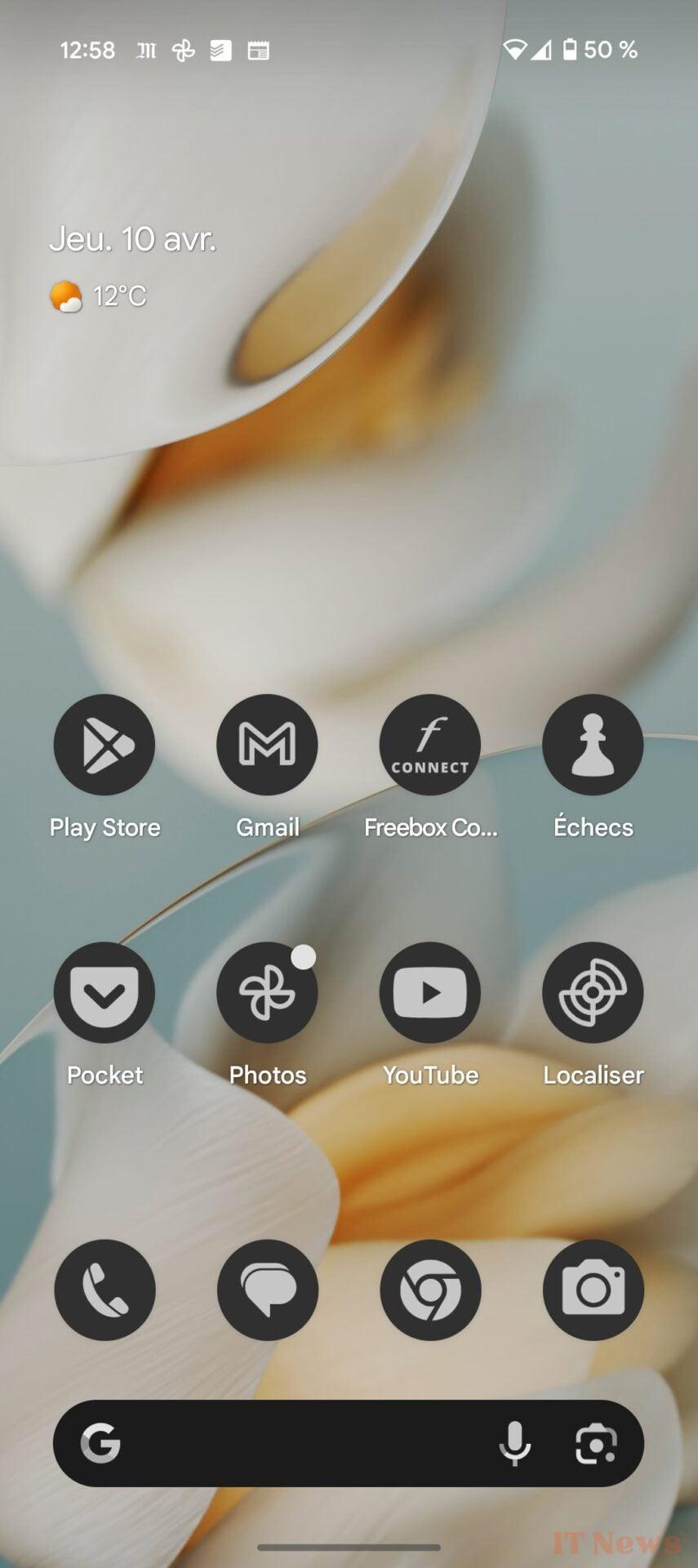
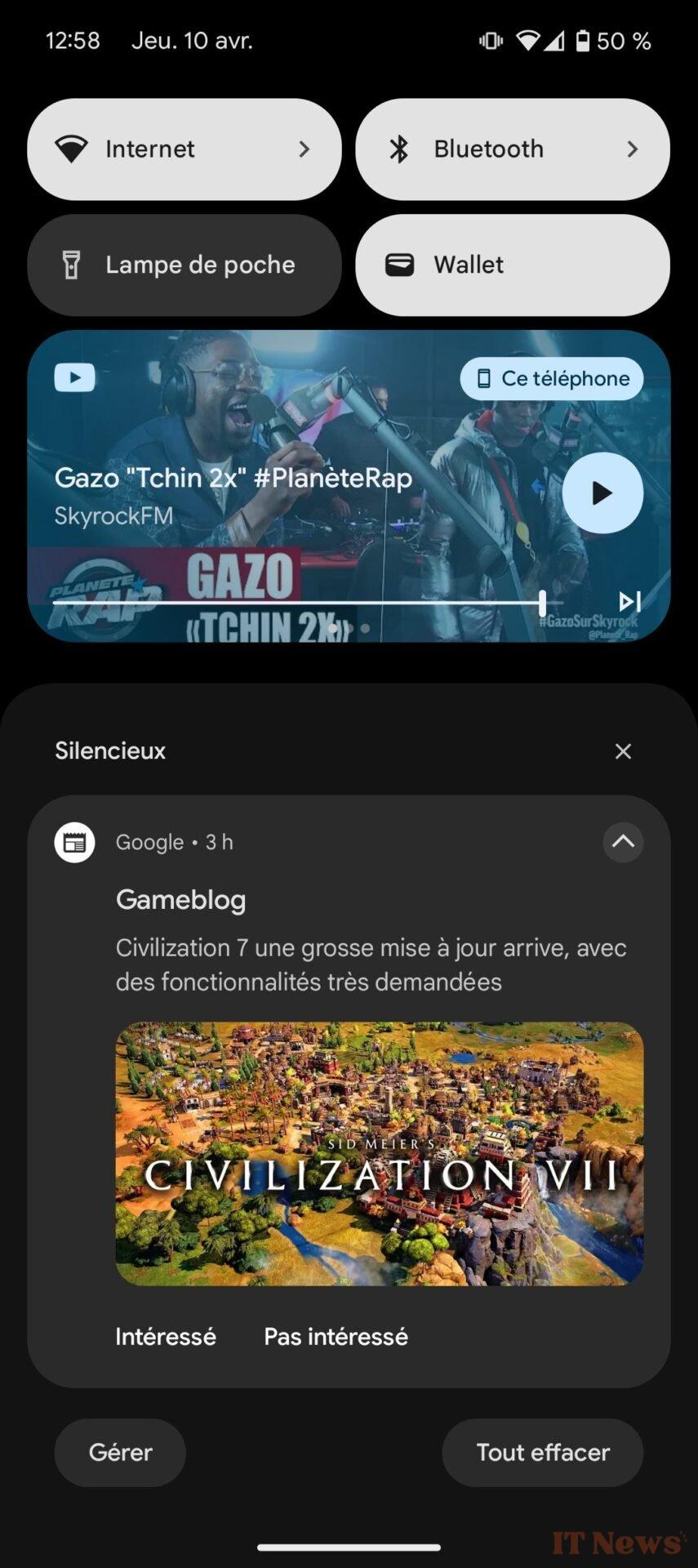
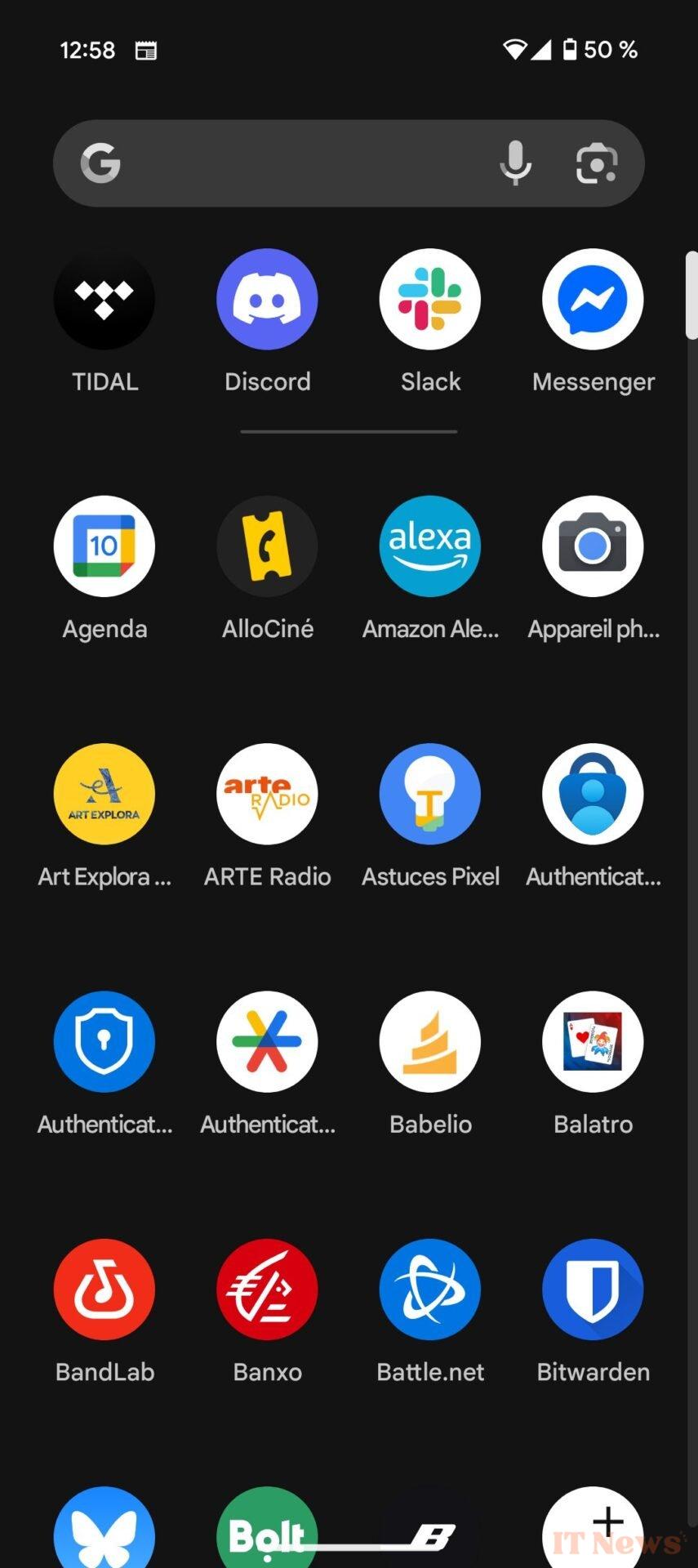

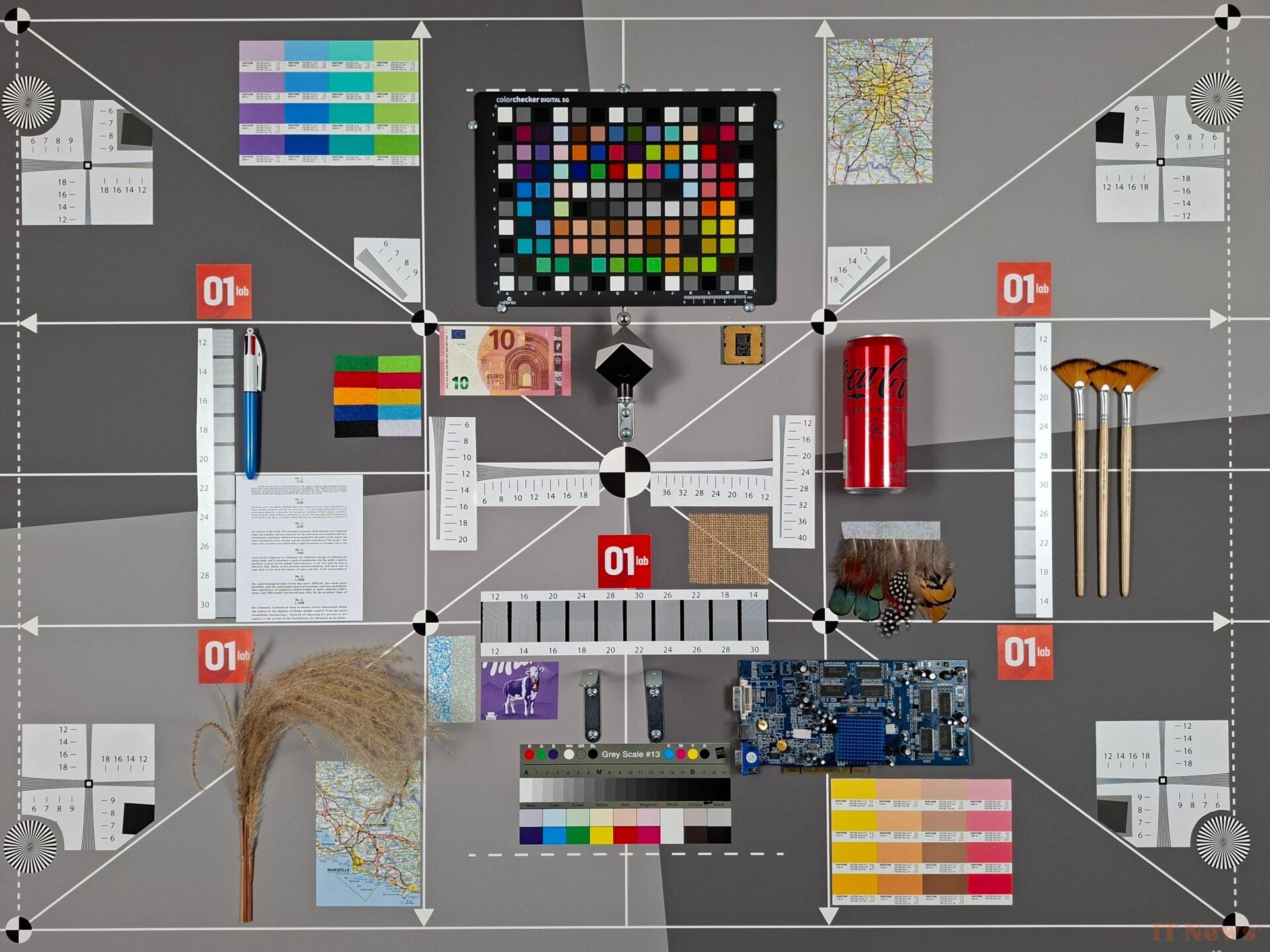
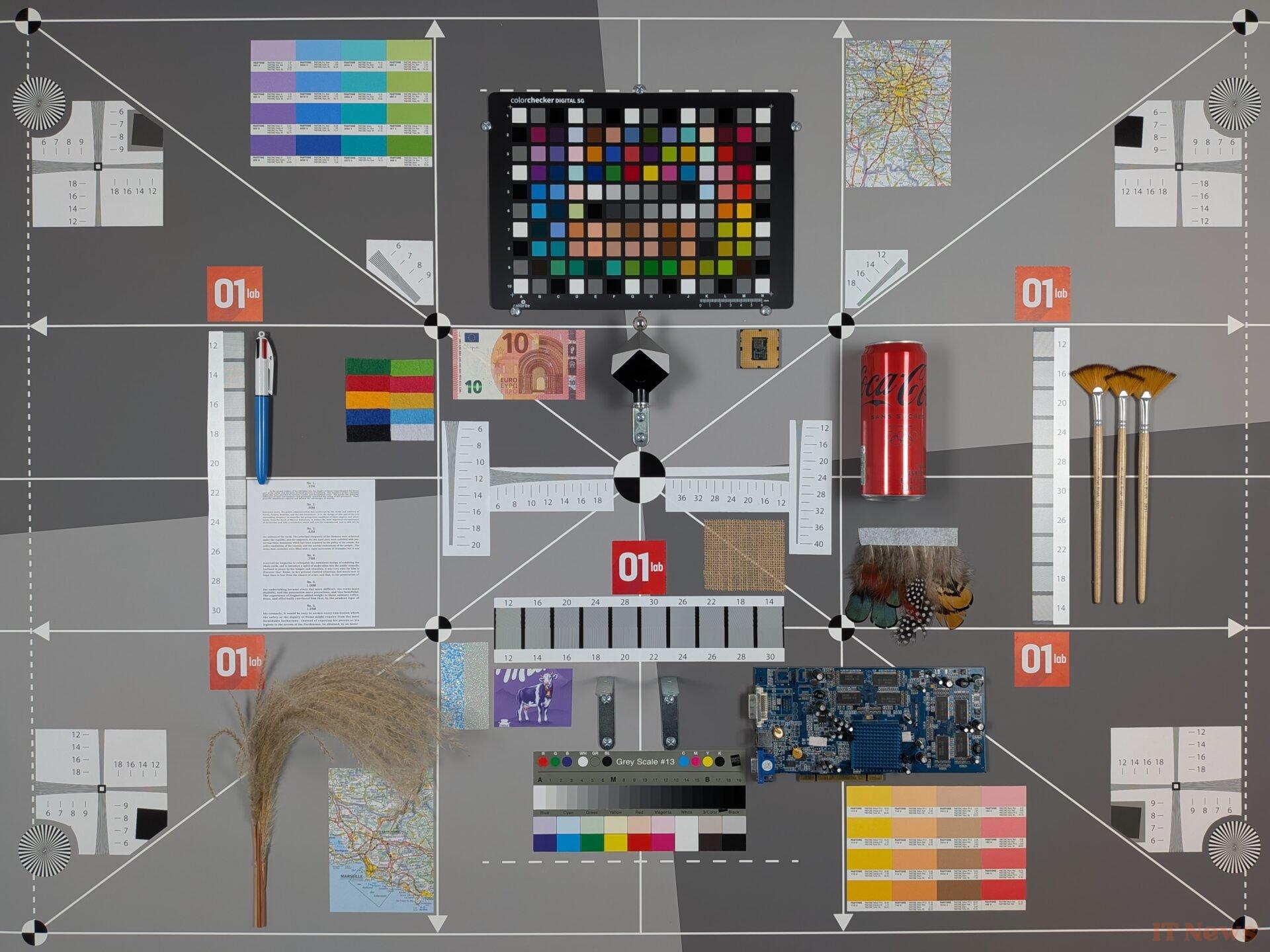


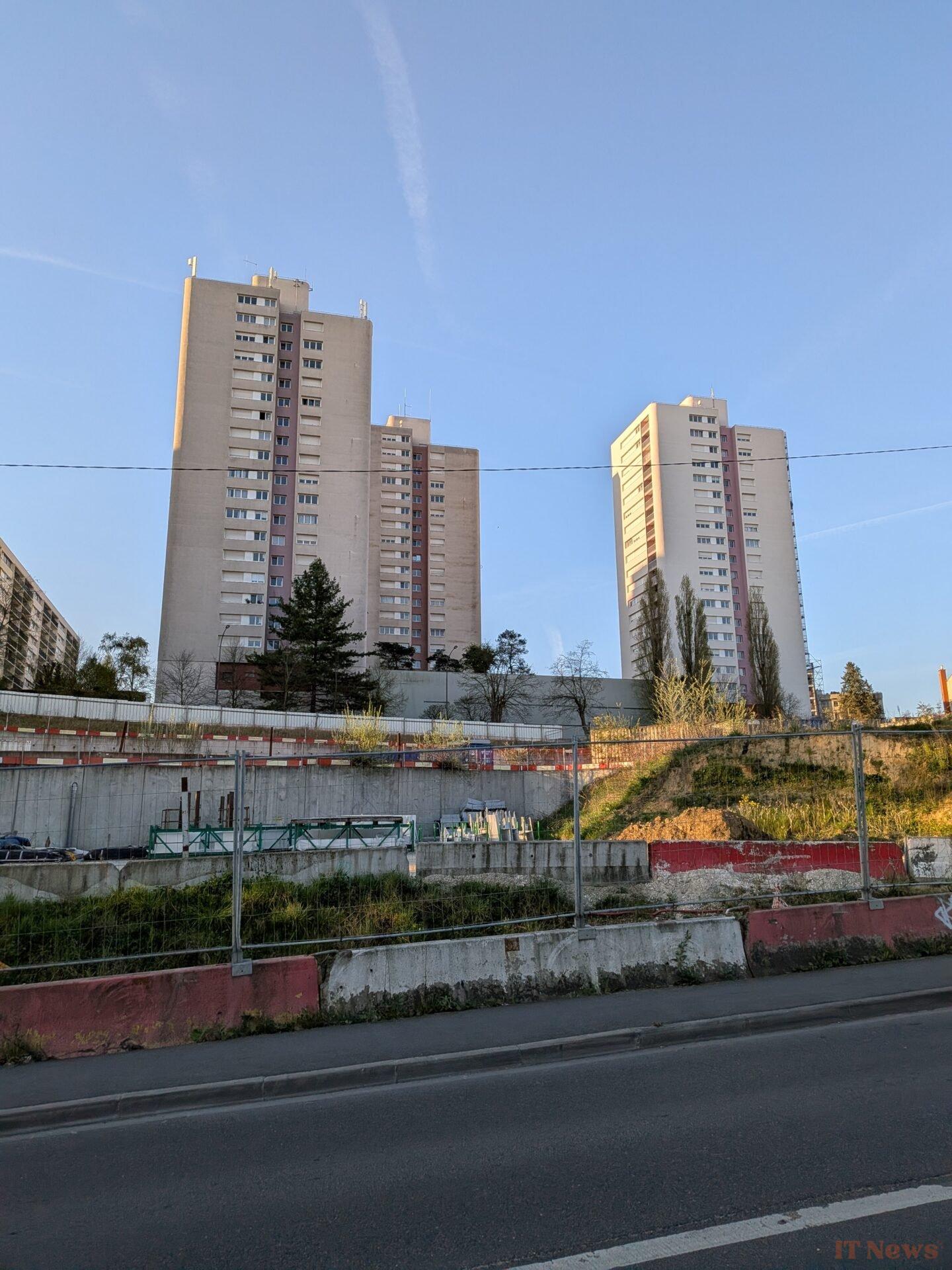
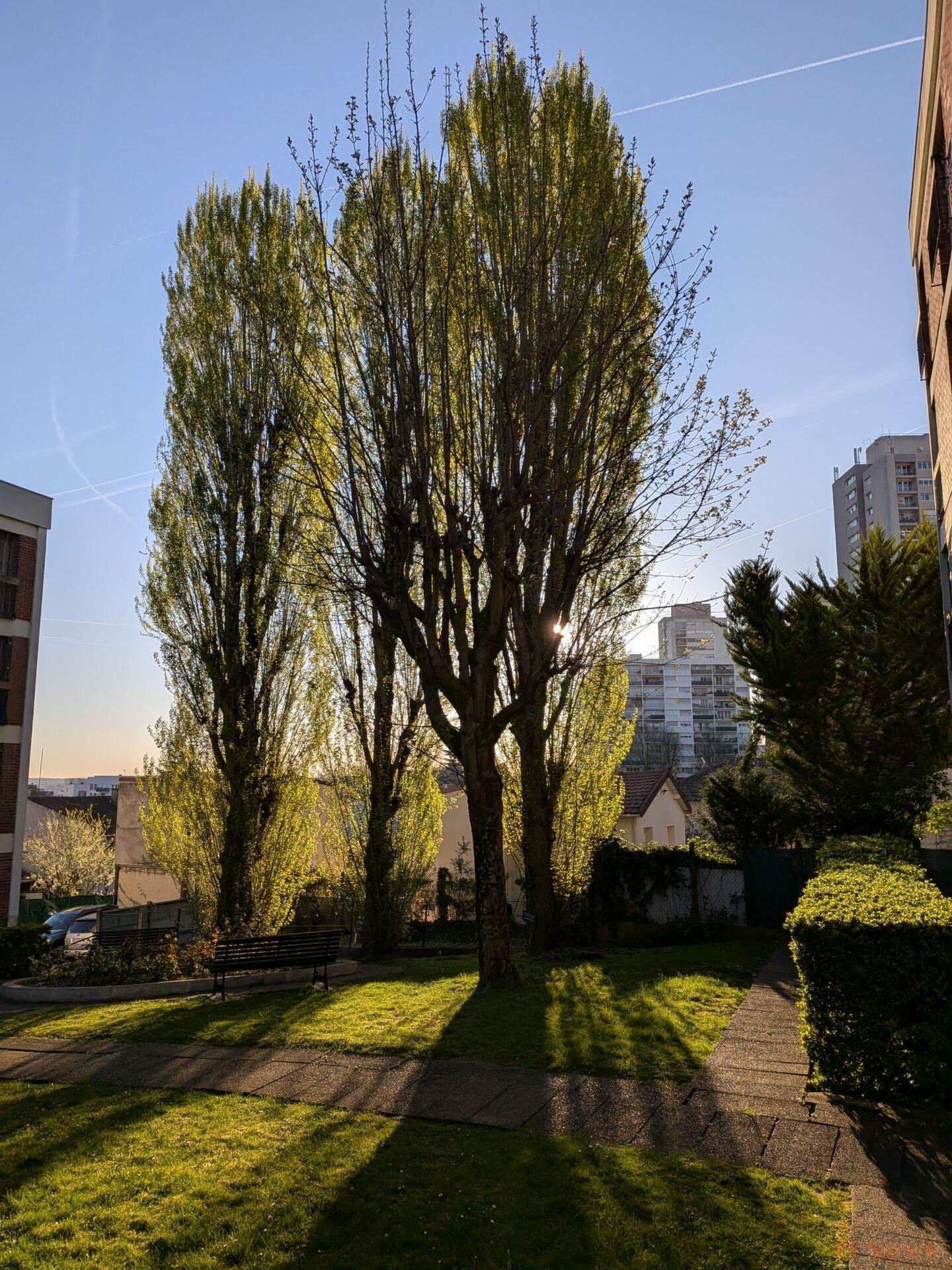


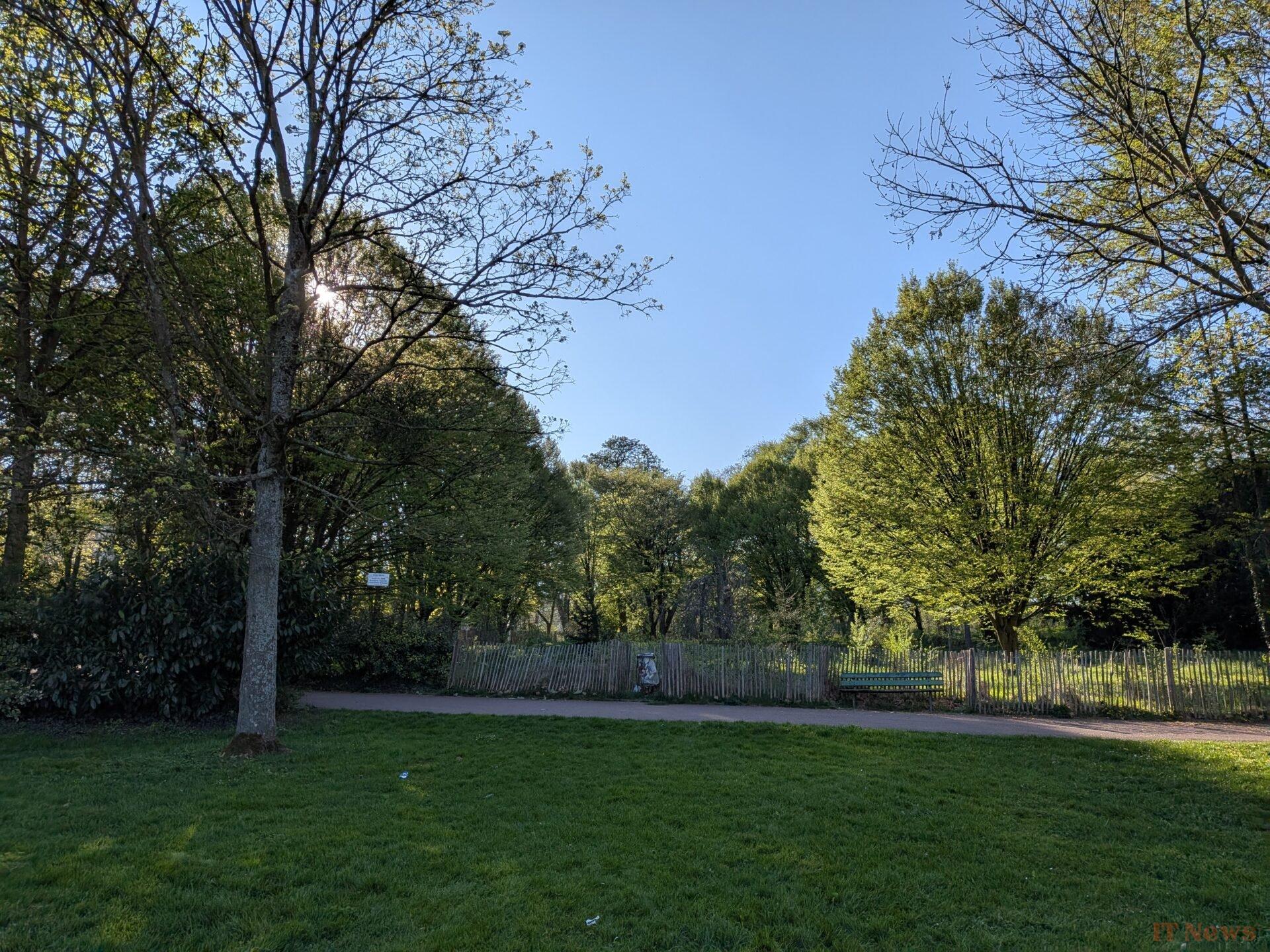





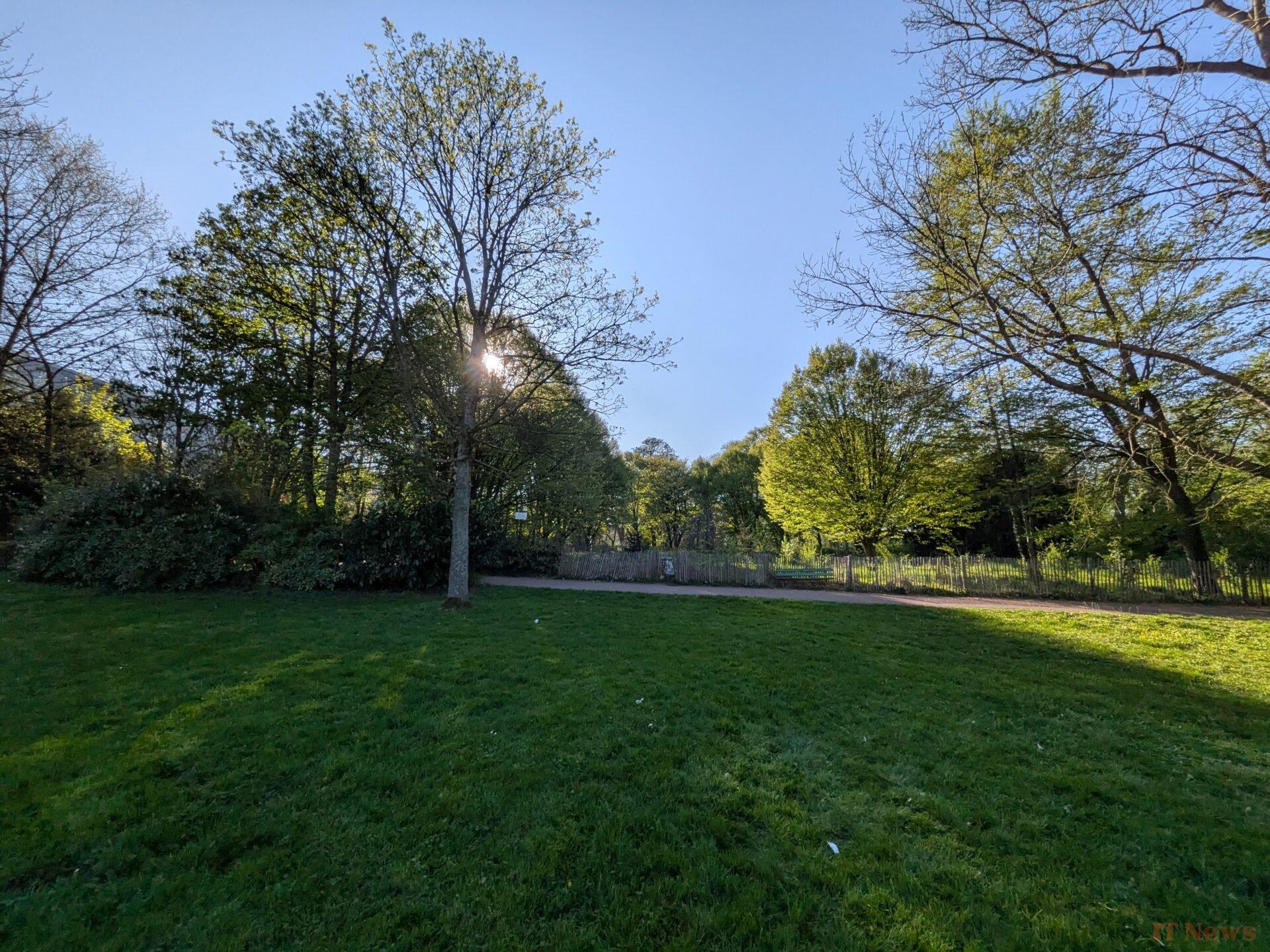

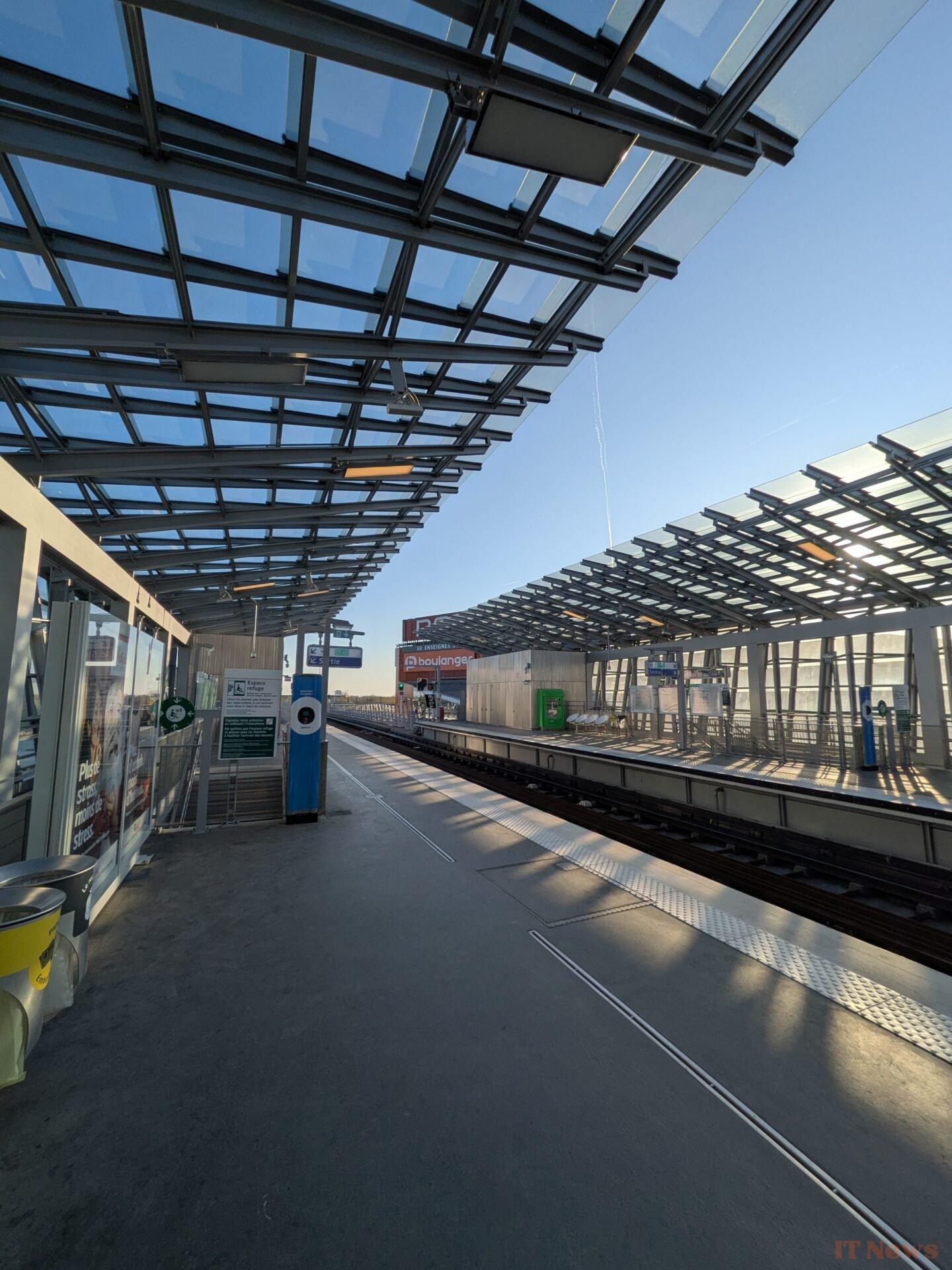




0 Comments